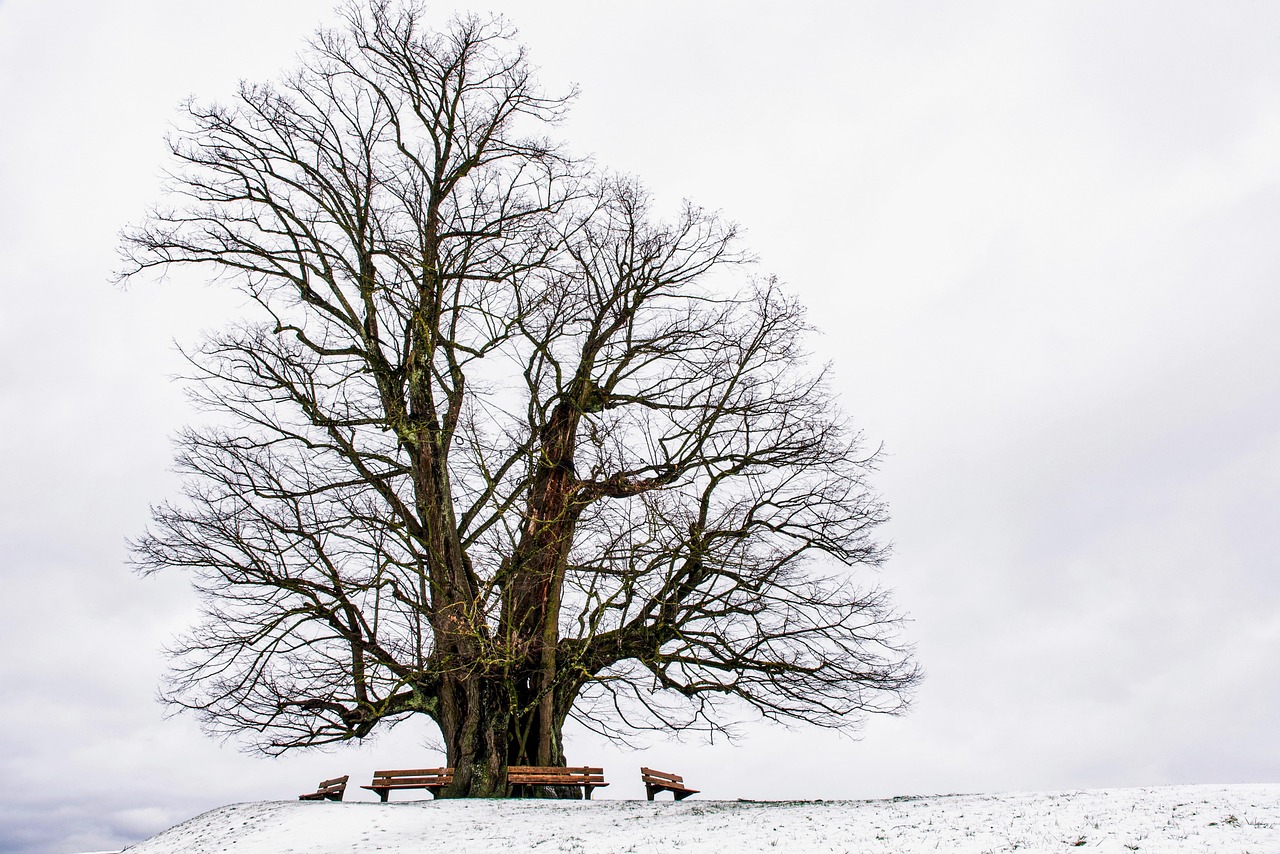The Narra tree, known for its durable hardwood, typically grows at a rate of about 2 to 3 feet per year under optimal conditions. This moderate growth rate contributes to its desirability for both timber production and landscaping.
The Narra tree, scientifically known as Pterocarpus indicus, is a tropical hardwood species renowned for its beautiful grain and durability. Native to Southeast Asia, it flourishes in various soil types, though it prefers well-drained sandy loams. The tree is not only valued for its aesthetic appeal but also for its strength and resistance to decay, making it an excellent choice for furniture, flooring, and other construction applications.

Narra trees can reach heights of up to 100 feet and have a broad canopy that provides ample shade. Their wood is often used in high-quality furniture, cabinetry, and even boat building. The distinctive reddish-brown color of the wood becomes more pronounced when exposed to light, adding to its appeal. The growth rate of Narra trees can be influenced by several factors including soil quality, water availability, and sunlight exposure. Understanding these factors is key for anyone interested in cultivating Narra trees or utilizing them for timber.
Factors Affecting Growth Rate
Several environmental and biological factors play a significant role in determining the growth rate of Narra trees. Here are some of the most notable ones:
- Soil Quality: Nutrient-rich soil enhances growth. Poor soil conditions can stunt development.
- Water Availability: Regular watering, especially during dry seasons, is crucial for optimal growth.
- Sunlight Exposure: Full sun exposure promotes faster growth. Narra trees thrive in bright, sunny environments.
- Climate: Ideal temperatures range from 75°F to 90°F (24°C to 32°C). Extreme temperatures can hinder growth.
- Pests and Diseases: Infestations can slow growth and affect the health of the tree.
When planting Narra trees, it is important to consider these factors for successful cultivation. Proper management practices can significantly enhance their growth rates and overall health.

Growth Stages of the Narra Tree
The growth of a Narra tree can be divided into several stages, each with distinct characteristics. Understanding these stages can help in managing their growth effectively:
- Seedling Stage: This stage lasts for the first year. During this time, the tree establishes its root system.
- Juvenile Stage: From one to five years, the tree begins to show significant height increase and foliage development.
- Mature Stage: After five years, the tree enters maturity, achieving its full height and starting to produce flowers.
- Harvest Stage: Generally reached after 15-20 years, this is when the tree is suitable for timber production.
Each stage requires specific care and attention. For instance, during the seedling stage, it is crucial to protect young trees from pests and ensure adequate moisture levels. As they transition into the juvenile stage, pruning may be needed to promote a strong structure.
Optimal Conditions for Growth
To achieve the best growth rates for Narra trees, specific conditions must be met. Here are some optimal conditions to consider:

| Condition | Optimal Level |
|---|---|
| Soil pH | 6.0 – 7.5 |
| Nutrient Levels | High Nitrogen and Phosphorus |
| Watering Schedule | Every 1-2 weeks during dry periods |
| Sunlight | Full Sun |
By ensuring these optimal conditions are met, growers can maximize the growth potential of their Narra trees. Proper care will lead to healthier trees that provide high-quality hardwood for years to come.
The growth rate of the Narra tree is a critical factor in its management and utilization. With appropriate measures in place, these trees can thrive and yield durable hardwood that meets various needs in construction and design.
Propagation Methods for Narra Trees
Successfully growing Narra trees begins with effective propagation methods. Understanding how to propagate these trees is crucial for achieving healthy plants that will thrive and grow at an optimal rate. There are several common methods for propagating Narra trees, each with its benefits.
Seed Propagation
Seed propagation is the most common method for growing Narra trees. Here are the steps involved:

- Seed Selection: Choose mature seeds from healthy Narra trees.
- Pre-treatment: Soak the seeds in water for 24 hours to help soften the seed coat.
- Sowing: Plant the seeds in well-drained soil, ensuring they are about one inch deep.
- Watering: Keep the soil consistently moist but not waterlogged.
- Light Conditions: Place in a bright location with indirect sunlight until seedlings emerge.
Seedlings typically emerge within two to four weeks. Once they reach a height of about six inches, they can be transplanted into larger pots or directly into the ground.
Vegetative Propagation
Vegetative propagation, such as using cuttings, is another effective method for propagating Narra trees. This technique allows for the reproduction of trees with desirable traits. Here’s how to propagate using cuttings:
- Selecting Cuttings: Choose healthy branches from a mature Narra tree. Cuttings should be about six inches long with several leaves.
- Treatment: Dip the cut end in rooting hormone to encourage root development.
- Planting: Insert the cuttings into a pot filled with well-draining soil.
- Watering: Water the cuttings gently and cover them with a plastic bag to maintain humidity.
- Placement: Keep the pot in a warm area with indirect sunlight until roots develop, typically within 4-8 weeks.
Once rooted, these cuttings can be transplanted into larger pots or directly into the ground.
Caring for Young Narra Trees
Caring for young Narra trees is essential to ensure their healthy growth and high survival rate. Proper care can make a significant difference in how well the trees adapt to their environment.
Watering Techniques
Younger Narra trees require consistent moisture, especially during their first few years. Here are some effective watering techniques:
- Deep Watering: Water deeply to encourage deep root growth. This practice helps establish a strong root system.
- Mulching: Apply a layer of mulch around the base of the tree to retain moisture and reduce weed competition.
- Monitoring: Check the soil regularly to determine when watering is necessary. The soil should be moist but not soggy.
Nutrient Management
Nutrients are vital for the growth and development of Narra trees. Here are some nutrient management practices:
- Fertilization: Apply a balanced fertilizer during the growing season. This supports healthy foliage and root development.
- Soil Testing: Conduct soil tests periodically to assess nutrient levels. Adjust fertilization practices based on results.
- Organic Amendments: Incorporate organic matter like compost into the soil to improve fertility and structure.
Pest and Disease Management
Pests and diseases can negatively impact the growth rate and health of Narra trees. Early detection and management are crucial. Here are common pests and diseases that affect Narra trees:
| Pest/Disease | Symptoms | Control Methods |
|---|---|---|
| Aphids | Shriveled leaves and sticky residue on leaves | Insecticidal soap or neem oil treatment |
| Borers | Holes in the trunk and wilting leaves | Cultural controls and insecticides as needed |
| Leaf Spot | Browning or dark spots on leaves | Improve air circulation; apply fungicides if necessary |
| Root Rot | Sudden wilting and yellowing of leaves | Avoid overwatering; improve drainage |
Regularly inspecting trees for signs of pests or disease allows for timely intervention. Implementing integrated pest management strategies can also help minimize damage while promoting tree health.
Caring for Narra trees throughout their development cycle ensures they grow into strong, resilient hardwood contributors for various uses. By understanding propagation methods, proper care techniques, and pest management, growers can achieve successful outcomes in cultivating this valuable species.
Environmental Impact of Narra Tree Cultivation
Cultivating Narra trees does not only benefit timber production; it also holds significant environmental importance. Understanding the ecological impacts of these trees can help promote sustainable practices that contribute positively to the environment.
Carbon Sequestration
Narra trees play an essential role in carbon sequestration. As they grow, they absorb carbon dioxide from the atmosphere, helping to mitigate climate change. Here are some key points about their carbon storage capabilities:
- Growth Rate: With a growth rate of 2 to 3 feet per year, Narra trees can sequester a substantial amount of carbon over their lifespan.
- Mature Trees: Fully grown Narra trees can store up to 40 pounds of CO2 per year, contributing significantly to carbon offset efforts.
- Forest Density: When planted in groups, Narra trees enhance the overall carbon storage capacity of the forest ecosystem.
Biodiversity Enhancement
Narra tree forests provide habitats for various wildlife species. By cultivating Narra trees, landowners can contribute to biodiversity in several ways:
- Habitat Creation: Narra trees attract birds, insects, and other wildlife, creating a balanced ecosystem.
- Soil Improvement: The leaf litter from Narra trees enriches the soil, promoting a healthy environment for other plants and organisms.
- Native Species Support: Planting Narra trees alongside local flora encourages biodiversity and strengthens ecosystem resilience.
Sustainable Practices in Narra Tree Management
To maximize the ecological benefits of Narra tree cultivation, adopting sustainable practices is crucial. Here are some recommended methods:
Agroforestry Systems
Integrating Narra trees into agroforestry systems can enhance land productivity while maintaining ecological balance. This approach involves:
- Diverse Planting: Combining Narra trees with crops or other tree species helps optimize land use and reduces soil erosion.
- Shade Provision: Narra trees provide shade for understory plants, helping to conserve moisture and reduce heat stress on crops.
- Microclimate Creation: The presence of trees can create favorable microclimates that enhance crop yields.
Responsible Harvesting
Sustainable harvesting methods are essential to ensure the longevity of Narra tree populations. Consider the following practices:
- Selective Cutting: Rather than clear-cutting, practice selective cutting to maintain forest structure and biodiversity.
- Rotation Systems: Implement rotation systems that allow certain areas to regenerate while others are harvested.
- Monitoring Growth: Regularly assess tree health and growth rates to determine optimal harvesting times without overexploitation.
The Economic Benefits of Narra Tree Cultivation
Narra trees not only provide environmental advantages but also offer economic benefits for landowners and communities. Here are some economic aspects associated with their cultivation:
High-Value Timber
The hardwood produced from Narra trees is highly sought after in the timber market. Here’s why:
- Durability and Strength: Narra wood is known for its toughness, making it ideal for furniture, flooring, and construction.
- Aesthetic Appeal: The attractive grain and color of Narra wood enhance its value for decorative applications.
- Sustainable Market Demand: As consumers increasingly seek sustainably sourced materials, Narra wood meets this demand, potentially leading to higher prices.
Income Generation for Communities
The cultivation of Narra trees can generate income for local communities through various avenues:
- Timber Sales: Selling harvested wood can provide significant revenue for landowners.
- Tourism Opportunities: Well-managed Narra forests can attract eco-tourism, offering educational tours and recreational activities.
- Employment Creation: Tree farming and timber processing can create jobs for local workers, boosting the economy.
Cultural Significance of Narra Trees
Narra trees hold cultural importance in various regions where they are grown. Understanding this significance can foster greater appreciation and conservation efforts. Key cultural aspects include:
- Cultural Heritage: In many cultures, Narra trees symbolize strength and resilience, often featured in traditional stories and folklore.
- Aesthetic Value: The beauty of Narra wood has made it a popular choice for crafting traditional art and handicrafts.
- Community Identity: For some communities, Narra forests are integral to their identity and heritage, reflecting their connection to nature.
The multifaceted benefits of cultivating Narra trees extend beyond timber production to encompass environmental, economic, and cultural dimensions. Emphasizing sustainable practices will ensure that these trees continue to thrive while providing lasting value to both people and the planet.
Future Prospects for Narra Tree Cultivation
The future of Narra tree cultivation looks promising due to increasing awareness of sustainable forestry practices and the growing demand for high-quality hardwood. As consumers become more conscious of environmental issues, there is a shift towards responsibly sourced timber, making Narra trees even more valuable. Here are some factors that may influence the future of Narra tree cultivation:
- Technological Advancements: Innovations in agriculture and forestry, such as precision farming techniques and genetic research, can lead to improved growth rates and disease resistance in Narra trees.
- Climate Change Adaptation: As climate conditions change, developing varieties of Narra trees that are more resilient to extreme weather will be vital for sustaining their growth and health.
- Policy Support: Governments and organizations may introduce policies that promote sustainable forestry practices, providing incentives for growers to cultivate Narra trees responsibly.
Community Involvement and Education
Engaging local communities in the cultivation and management of Narra trees is critical for ensuring long-term success. Educating communities about the benefits and sustainable practices associated with Narra tree cultivation can foster a sense of ownership and responsibility. Here are some ways to involve communities:
- Workshops and Training: Organizing workshops can help educate community members on the best practices for planting, caring for, and harvesting Narra trees.
- Incentive Programs: Developing programs that reward community involvement in tree planting and maintenance can motivate people to participate actively.
- Collaborative Projects: Encouraging partnerships between local governments, NGOs, and community members can lead to successful implementation of Narra tree cultivation projects.
Research and Development
Ongoing research into Narra tree genetics, growth patterns, and ecological impacts is essential for optimizing cultivation practices. Collaboration between universities, research institutions, and forestry organizations can lead to significant advancements. Some key areas of focus could include:
- Genetic Studies: Identifying and developing superior varieties of Narra trees that grow faster and are more resistant to pests and diseases.
- Ecological Research: Studying the interactions between Narra trees and their environment to enhance biodiversity within cultivated areas.
- Sustainable Practices: Investigating methods that balance timber production with ecological preservation, ensuring that forests remain healthy and productive.
Conclusion
The Narra tree stands as a remarkable species with significant potential for both ecological and economic benefits. Its moderate growth rate combined with durability makes it a valuable hardwood choice for various applications. By adopting sustainable practices in its cultivation, we can ensure the long-term health of Narra trees while also contributing positively to the environment. Through community involvement, education, research, and responsible management, we can harness the full potential of Narra trees as a resource.
The multifaceted advantages of cultivating Narra trees extend far beyond timber production. They provide essential ecological services like carbon sequestration and habitat creation while enriching local cultures and economies. Emphasizing sustainable forestry practices will not only benefit current generations but also preserve this invaluable resource for future ones.
As we look ahead, it is crucial to continue promoting awareness about the importance of Narra trees and their role in sustainable development. Together, we can foster a deep appreciation for this remarkable species that has so much to offer in terms of hardwood production, environmental stewardship, and community identity.
